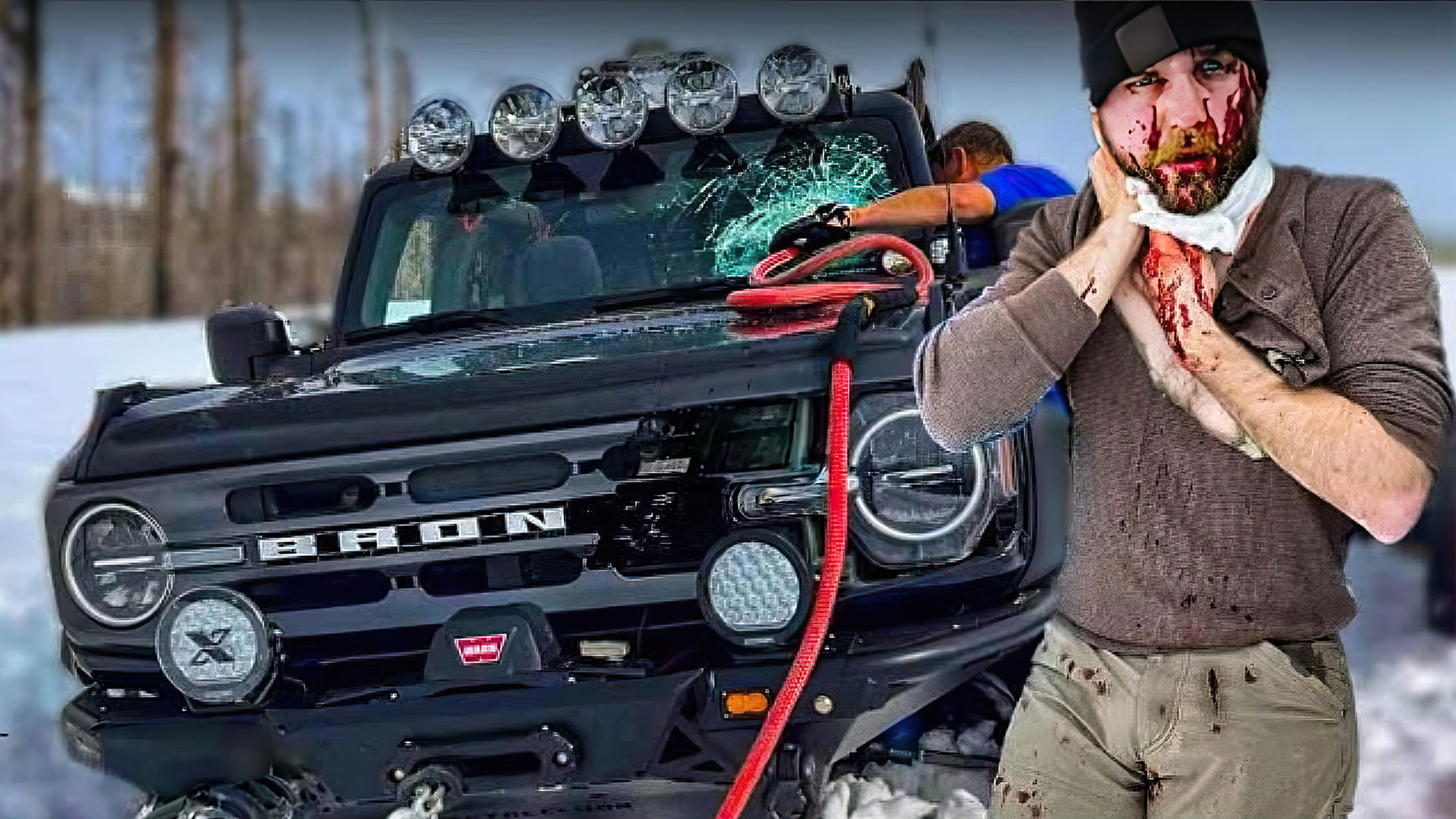This is a video somebody shared with our group, and after watching it, I decided it was a good example to discuss a few things we need to keep in mind when playing with Kinetic Energy.
Kinetic Energy is no joke
Bad points of connections and cheap soft shackles all add up to this, but the main point a lot of people do not understand is the KE you generate when you pull a vehicle. Remember, we do not recommend speeds over 5 MPH due to the quadratic increase of Kinetic energy by the rate of speed.
Keep in mind, a 5200-pound vehicle at 5 MPH generates 5,884 Joules, the equivalent energy to pull a 12,990-pound car 3 feet forward.
Traveling at 10 MPH, the exact same vehicle generates 25,537 Joules, or the equivalent of 51,959 pounds of kinetic energy, way over the maximum breaking point of most kinetic ropes or soft shackles. Please make sure your Kinetic ROPE is the correct size (width) for your vehicle… not always bigger is better… the bigger the rope, the less stretching it will have, so basically, you will be pulling hard on a STRAP, not a Kinetic rope.
Also, in this situation… the guy who provided the kinetic rope was the guy on the receiving end; the guy pulling had no experience with this particular kinetic rope, nor did he know the specs of the rope to know the speed he needed to go… not to mention lack of communications and a rushed situation. If you need somebody else to pull you using your kinetic rope, make sure you tell the person what speed he needs to go and what distance he needs to travel before pulling. The person pulling might not have ANY experience with Kinetic ropes and also for sure it won’t know your equipment. Is your responsibility to make sure he understands what to do.
Another point, in this video we see, why it is important to carry a good first aid kit and a satellite communications device and never go solo.
To select the right rope, visit Yankum Ropes’s website at: YankumRopes.com
We also developed an online kinetic calculation tool you can use by visiting tinyurl.com/orp-kinetic
With this tool, you can input your vehicle’s weight, the vehicle to be pulled’s weight, and the angle of the terrain, and it will calculate the necessary minimum speed you need to extract the car.

Always remember
Set up the rope to the maximum distance, attach both vehicles, reverse about 50% of the space between vehicles, and drive slowly, first attempting not to exceed 2 MPH, and for the second push not exceeding the 5 MPH recommended speed.
Your vehicle’s weight is your best ally. Kinetic Energy is very powerful; never have people standing nearby while the rope is under working tension.
SLOW DOWN, ASSES THE SITUATION AND COMMUNICATE.

